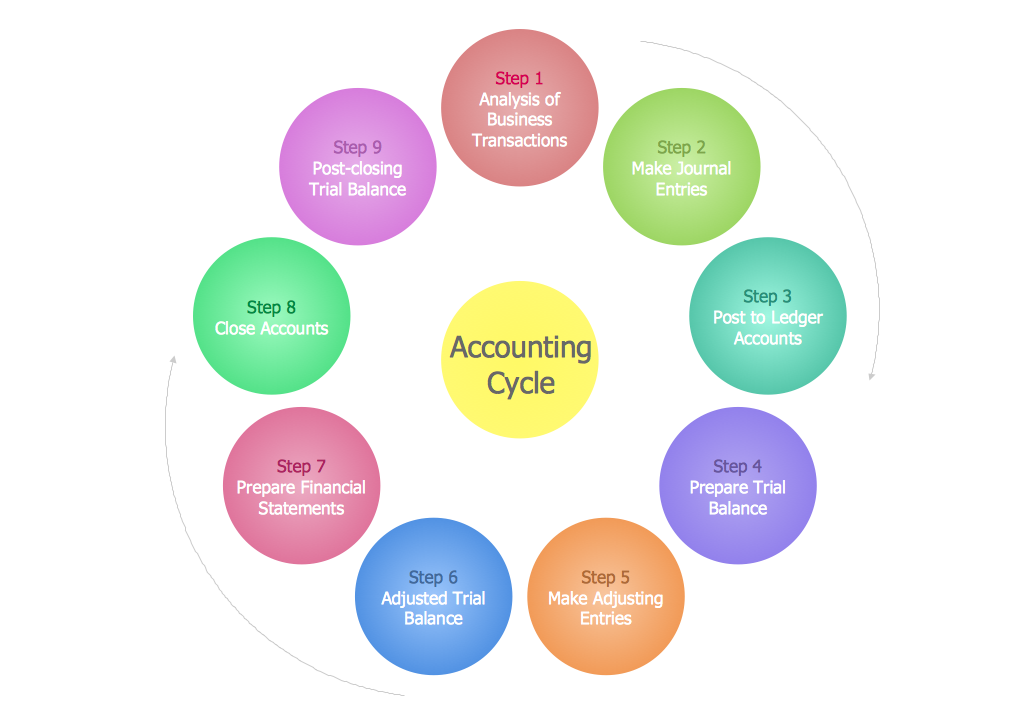With accounting software, you simply enter the data and the software puts it where it needs to go. Mixing personal and business finances can lead to tax complications and inaccurate financial reporting. Maintain separate accounts and credit cards for your construction business.
Accounting Basics for Contractors and Construction Businesses
Entering the world of construction bookkeeping might seem daunting, but with the right tools and understanding, How Construction Bookkeeping Services Can Streamline Your Projects it’s a manageable and crucial aspect of running a successful contracting business. Proper bookkeeping ensures transparency, improves financial management, and enables contracting companies to gauge the health of their operations. This step-by-step guide is tailored for beginners in the construction industry, offering insights that make the journey smoother.
- Once the project is completed all accumulated accrued revenue and expenses will be recognized on the income statement.
- This allows audits and protects the business if tax authority seeks documents years later for compliance checks.
- For contracting companies aiming to refine their bookkeeping practices or those looking to optimize their cash flow strategies, Ledger Management stands ready to guide.
- No matter your trade, financial and accounting education is vital to ensuring your construction business stays healthy and profitable.
- Shoeboxed scans, digitizes, human-verifies, and uploads the receipts into your account, where they are stored securely in the cloud.
- Overlaps in labor, equipment, and material usage further complicate bookkeeping.
- It’s hard to protect your margins on the job without being able to see how it’s performing in real-time.
Outsourcing Bookkeeping Services for Construction Companies
In general, a construction business with gross receipts (also known as Business Tax Receipts) over $10 million must use the percentage of completion revenue recognition method for tax purposes. A construction business with gross receipts under $10 million can use the completed contract method on construction projects that last less than two years. They’re only required to use the percentage of completion method for construction contracts that extend over two years.
What financial records need to be kept in construction bookkeeping?
Automation reduces the likelihood of errors in financial records, leading to more reliable financial reporting and better decision-making. Contract retainage is a portion of the final payment held back until later to ensure the contractor has completed the project thoroughly and correctly. Not only does invoice tracking allow you to know where exactly your money is going, but it can also be useful if for some reason you ever need to prove business expenses. Here are some things to keep in mind when bookkeeping for construction firms. For one, payroll for construction is more complex, and involves much more than agreeing on a flat rate for every project. Projects like government-funded projects require you to pay a prevailing wage, a minimum hourly rate that’s typically higher and determined by each state’s Department of Labor.
This makes keeping tabs on all the moving pieces much more complex than in other industries. Construction accounting can be a complex and challenging task for independent contractors and construction businesses of all sizes. With unique project-based structures, long-term contracts, and fluctuating costs, the financial management of construction projects requires specialized knowledge and practices. Invest in specialized construction accounting software to streamline processes, automate payroll, improve accuracy, and save time.
On the other hand, if it’s super easy to use but doesn’t provide the flexibility you need, you should consider trying a different one. Train staff to use it correctly for maintaining transparent and accurate records online or on mobile apps. Record check or transfer payments made to vendors in the expenses section.
Construction accounting vs. traditional accounting
Never shy away from seeking help from those who are masters at their craft. Managing your cash flow is crucial for the success of any company in the construction industry. Without proper monitoring, you risk running out of funds, which can lead to project delays, missed opportunities, and even bankruptcy.
It’s important to pay attention to job costing, as it can allow project managers and supervisors to accurately budget for future projects and determine how to improve estimates. Withholding retainers can further delay payment, which is why it’s important to accurately track costs and have funds available for shorter pay https://www.merchantcircle.com/blogs/raheemhanan-deltona-fl/2024/12/How-Construction-Bookkeeping-Services-Can-Streamline-Your-Projects/2874359 periods. Payment scheduling and collection are subject to different circumstances in the construction industry, making proper bookkeeping essential. When tracking your transactions, a double-entry bookkeeping system is the best way to ensure your records’ accuracy and reliability. It is the most common way that businesses and bookkeepers use to record revenues and expenses.














